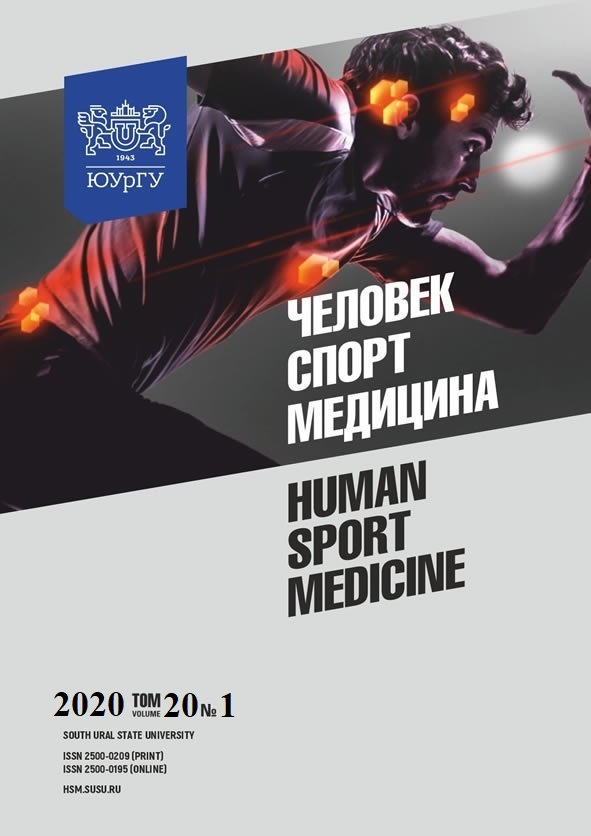THE FUNCTIONAL STATUS OF HYPOTHALAMIC-PITUITARY-ADRENAL AND HYPOTHALAMIC-PITUITARY-GONADAL AXIS IN YOUNG WOMEN WITH CARDIOVASCULAR DISEASE
Abstract
Aim. The article aims to evaluate the functional status of the hypothalamic-pituitary-adrenocortical and hypothalamic-pituitary-gonadal systems in females with vascular dystonia from a special medical group. Materials and methods. The study involved first-year female students divided into 3 groups: 1 (control, n = 45) – apparently healthy students; 2 (experimental, n = 27) – students from a special medical group with vascular dystonia (VVD): 1st experimental (n = 12) – students diagnosed with VVD of the hypertensive type, 2nd experimental (n = 15) – students with VVD of the hypotonic type. The functional status of the hypothalamic-pituitaryadrenocortical and hypothalamic-pituitary-gonadal systems was revealed by the concentration of cortisol (K), testosterone (T) and estradiol (E) in saliva and the E / T ratio. Results. The content of cortisol in saliva in females with VVD in both experimental groups was significantly higher (P < 0.001, P < 0.05) than in the control group. Cortisol levels are higher in females with hypertensive VVD than in females with hypotonic VVD (P < 0.05). In females with VVD of the hypotonic type, the level of estradiol is higher by 24% than in the control group, and in females with VVD of the hypertensive type, estradiol is more than twice higher. The concentration of testosterone was significantly higher in both experimental groups compared to the control group (P < 0.001), an increase in T was observed in females with VVD of the hypertensive type. The E/T ratio in students with VVD in both groups showed no significant changes compared to the control group. Significant positive differences were revealed in females with VVD of the hypertensive type compared with VVD of the hypotonic type (P < 0.01). Conclusion. The results of the study showed that changes in hormone secretion can be considered as a chain of closely connected reactions in the regulatory mechanisms of the cardiovascular system for maintaining self-regulation of the body and ensuring adaptation under stress. Therefore, the disruption of any link requires the use of reserve capacities of the body, which affects the performance of the leading adaptation systems.
References
References on translit
Copyright (c) 2020 Human. Sport. Medicine

This work is licensed under a Creative Commons Attribution-NonCommercial-NoDerivatives 4.0 International License.















